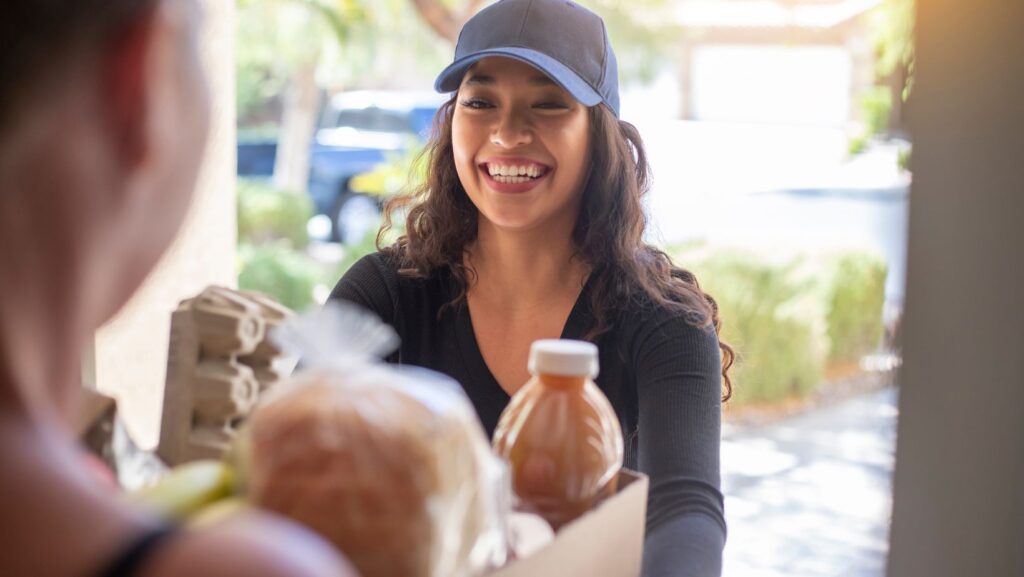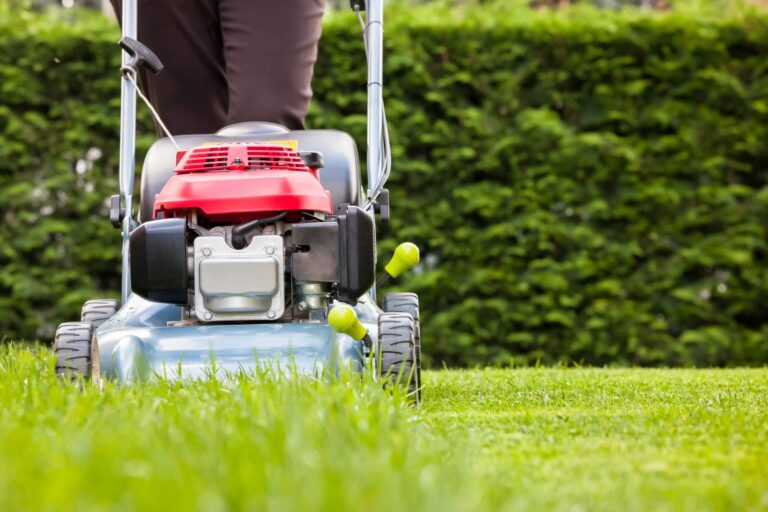How to Start a Grocery Delivery Business: 3 Easy Steps

Are you looking for a low-cost way to start your own business? If so, a grocery delivery service might be the perfect option for you. With the ubiquity of smartphones and the rise of on-demand services, starting a grocery delivery business is a great way to earn extra income or even start a full-time business.
In this blog post, we will discuss how you can get started using DoorDash and UberEats. We’ll also cover some of the costs associated with starting this type of business.
So whether you’re just getting started or you’re looking for ways to grow your current business, read on for tips and advice that will help you get up and running quickly!
There are several pros and cons of starting a grocery delivery business here are a few:
Pros:
- Increased convenience for customers
- No need to leave home or go to the grocery store
- Can save time and money
- Variety of food options
Cons:
- May be more expensive than buying groceries in person
- Can be difficult to maintain inventory
- Requires a reliable vehicle and smartphone
Step 1: Choose Your Platform

The first step in getting started with a grocery delivery service is to choose which platform you want to use. DoorDash and UberEats are both popular options, but there are other platforms available as well.
Both DoorDash and UberEats are low-cost options, which makes them ideal for starting a business on a budget. These platforms are available in many cities across the United States, so you’ll be able to reach a large audience.
The apps are easy to use and make order submission simple. Once you’ve decided on a platform, sign up for an account and download the app.
The main disadvantage of using DoorDash and UberEats is that these platforms are popular, which means that you’ll be competing with many other businesses.
Additionally, the fees for using these platforms can be high, so it’s important to factor this into your pricing structure.
If are an organized person, you could easily skip the apps and set up a delivery service with your local area stores.
Step 2: Choose Your Store(s)

The next step is to choose which store(s) you want to partner with. You’ll need to reach out to each store and inquire about their delivery policies. Some stores may require you to become a certified driver, while others may have different requirements.
Once you’ve chosen your store(s), make sure you’re familiar with their policies and procedures so that you can deliver the order correctly.
Reach out to each store and inquire about their delivery policies to see which ones fit your needs. Some stores may require you to become a certified driver, while others have different requirements.
Once you’ve chosen your store(s), make sure you’re familiar with their policies and procedures so that you can deliver the order correctly.
When choosing stores, it’s important to find ones that have a wide selection of products and are willing to work with you. Reach out to several stores and ask about their delivery policies. Ask if they require you to become a certified driver or if there are any other requirements.
Make sure you’re familiar with the store’s policies and procedures so that you can deliver the order correctly.
Step 3: Set Up Your Delivery Area

The third step is to determine your delivery area. This will vary depending on the platform you’re using, but it’s important to consider things like traffic patterns and parking availability when choosing your delivery area.
Once you’ve determined your delivery area, make sure you have all of the necessary supplies (e.g., cooler bags) so that you can properly store and transport the food.
The necessary equipment and supplies for a grocery delivery service vary depending on your business model. However, some of the most common items include:
- A vehicle for transporting food (e.g., a car, van, or truck)
- Cooler bags or boxes to store food
- A mobile phone or tablet to receive orders
- A printer to print receipts
- GPS navigation to help find delivery addresses
If you’re starting a grocery delivery business on a budget, consider using DoorDash or UberEats. These platforms allow you to set your hours and rates, and they provide access to a wide variety of customers.
Plus, they offer relatively low commissions (compared to other delivery services) so you can keep more of your earnings.
Next, let’s take a look at how to market your grocery delivery business.
There are several ways to market your grocery delivery business. One way is to use DoorDash and UberEats. These platforms allow you to reach a large audience at a low cost. You can also market your business through social media, word-of-mouth, or by distributing flyers in your neighborhood.
Whichever marketing strategy you choose, be sure to make the most of your limited resources.
Final Thoughts

Starting a grocery delivery service is a great way to enter the entrepreneurial world. By following the steps outlined above, you’ll be well on your way to getting your business up and running quickly and efficiently.
Bio:

Ronnie Patterson
Ronnie Patterson, founder of MagnÜron, is a multifaceted entrepreneur with a diverse background in music, electronics engineering, and engineering management. Drawing on experience across various industries, He offers expertise in SEO, operations, and strategy to help businesses thrive. Possessing a unique perspective and unwavering commitment to collaboration, and ideal partner for growth and success.






